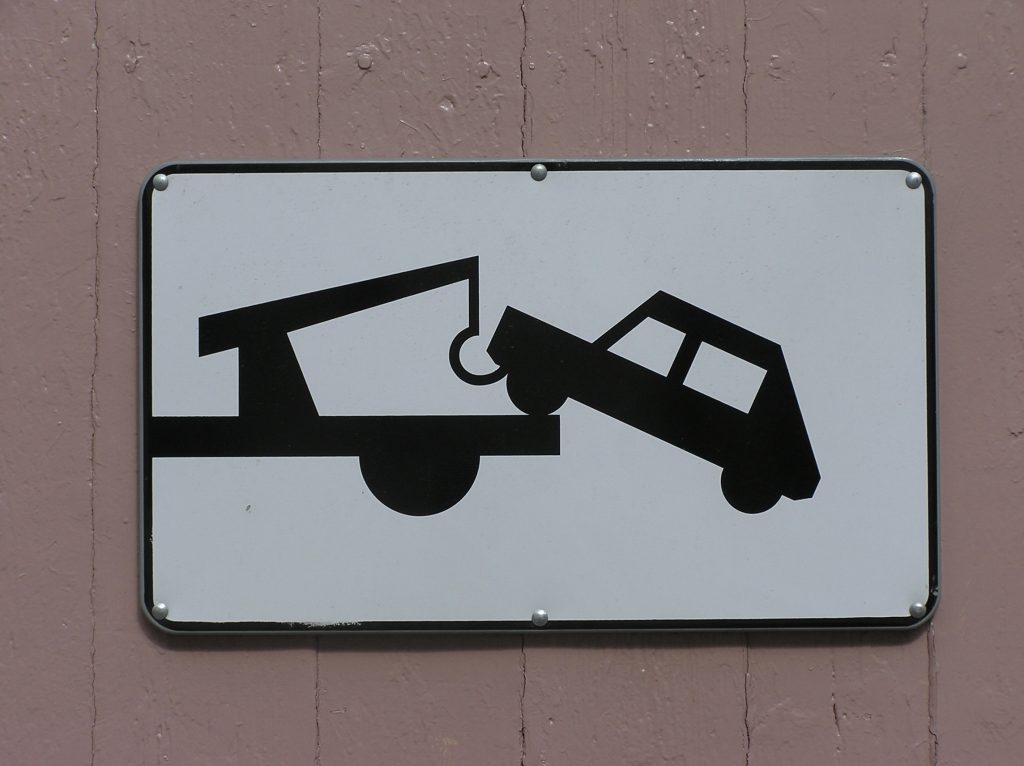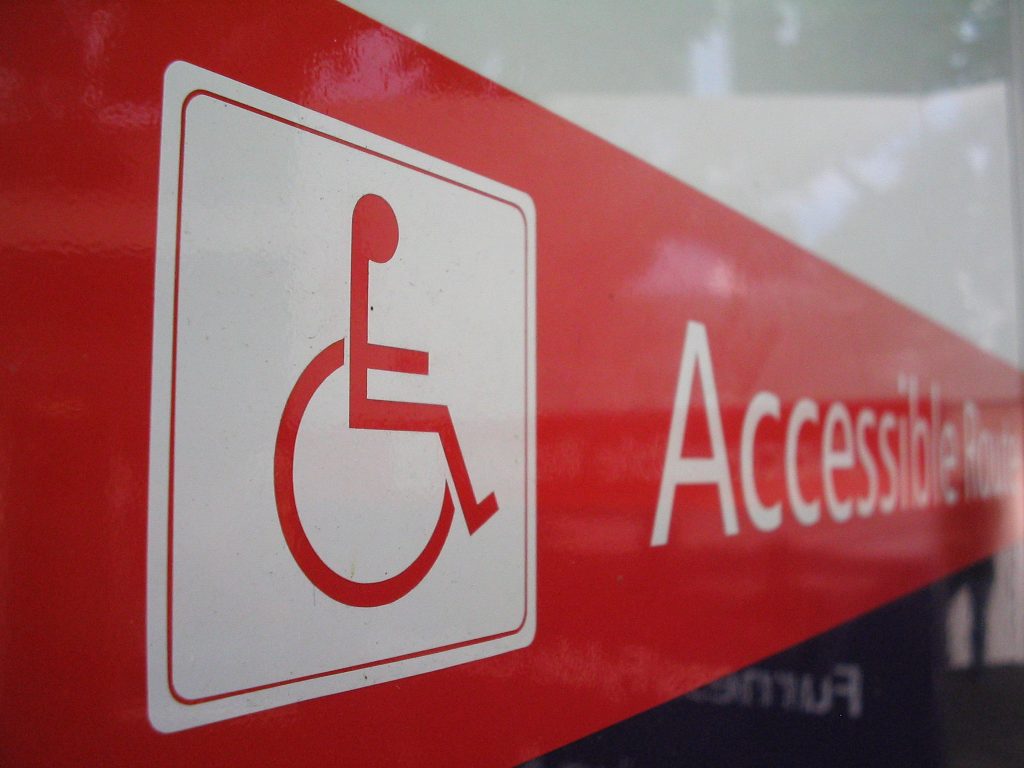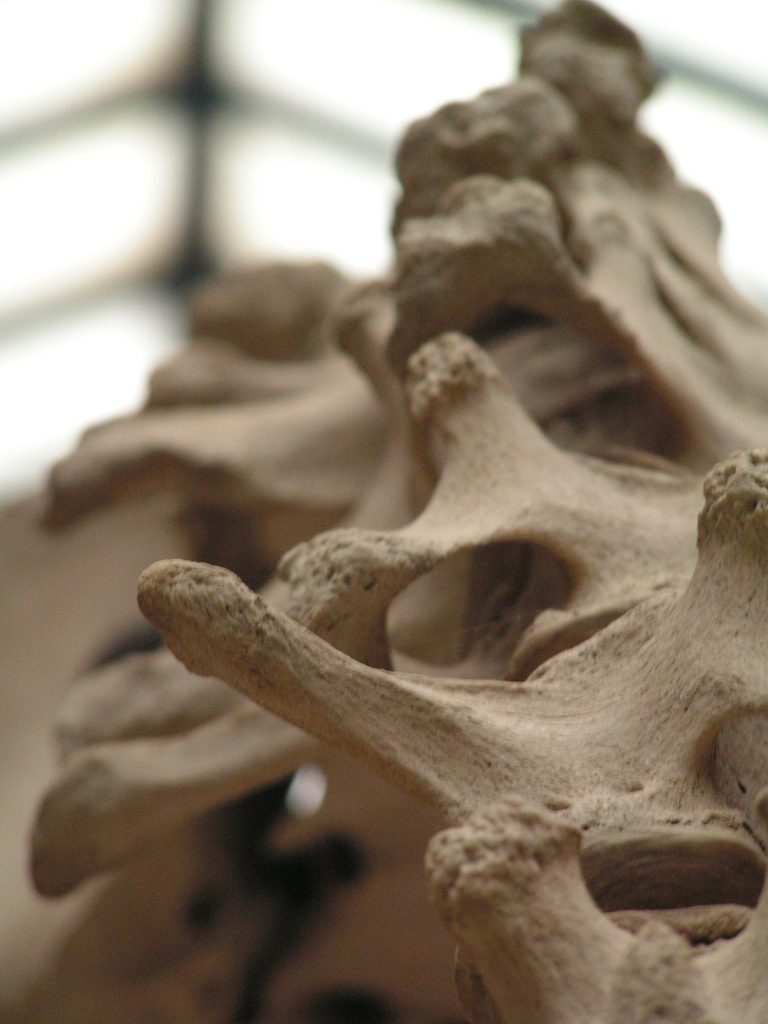 Underinsurance policies provide drivers an extra layer of protection. These policies compensate drivers for injuries suffered in accidents with uninsured or underinsured drivers, but the process of claiming under these policies can be problematic. Ted Luquette encountered this difficulty after he was injured in a car accident in Abbeville.
Underinsurance policies provide drivers an extra layer of protection. These policies compensate drivers for injuries suffered in accidents with uninsured or underinsured drivers, but the process of claiming under these policies can be problematic. Ted Luquette encountered this difficulty after he was injured in a car accident in Abbeville.
Luquette was driving home from church in Abbeville, Louisiana when he was hit by a car driven by Chad Mowbray, who through the owner of the vehicle, Billie Borga, was insured with Allstate. After the accident, Luquette settled for his injuries with Allstate for $100,000, which was the policy limit. Luquette then brought a lawsuit against his own insurance, Farmers Bureau. Luquette claimed he required surgeries resulting in damages in excess of $100,000 as a result of the accident, which entitled Luquette to a payout under his policy.
To demonstrate that Allstate was the only insurance that the Mowbray and Borga had, Luquette primarily relied on a discovery answer by Allstate, which stated that Allstate was not aware of Mowbray or Borga being covered by any other insurance policy. At trial, the jury was asked whether Luquette sufficiently proved that Mowbray and Borga were underinsured. Luquette did not object to this question, and the jury resolved that he had not shown that Mowbray and Borga were underinsured.
 Louisiana Personal Injury Lawyer Blog
Louisiana Personal Injury Lawyer Blog


 Lawsuits that are rooted in car accidents are typically cut and dry; it is easy to determine the party at fault and to determine the party that should pay for the costs of damage. However, a case arising out of Monroe proves that this is not always the case. This perplexing lawsuit involves a situation in which the at-fault party was not covered under the vehicle’s insurance.
Lawsuits that are rooted in car accidents are typically cut and dry; it is easy to determine the party at fault and to determine the party that should pay for the costs of damage. However, a case arising out of Monroe proves that this is not always the case. This perplexing lawsuit involves a situation in which the at-fault party was not covered under the vehicle’s insurance.  It is often the case that although technically legal, certain lawsuits will not be popular amongst the general public because the court’s reasons for its decision just will not make sense at an emotional level. Despite this fact, people should take notice of the fact that courts rule based on what the law deems to be just and fair. This sort of a fact may only be small comfort to the Toups, who lost their son and want the party or parties responsible to be held accountable for the loss they suffered.
It is often the case that although technically legal, certain lawsuits will not be popular amongst the general public because the court’s reasons for its decision just will not make sense at an emotional level. Despite this fact, people should take notice of the fact that courts rule based on what the law deems to be just and fair. This sort of a fact may only be small comfort to the Toups, who lost their son and want the party or parties responsible to be held accountable for the loss they suffered.  A person may seek help from the federal court system when that person feels that they have been cheated or wronged.
A person may seek help from the federal court system when that person feels that they have been cheated or wronged. Contract disputes can often be complicated when multiple parties and corporations are involved. Courts are forced to sort out multiple claims and counterclaims and figure out who is accountable for what. Even after a decision is made, there can be multiple appeals and judgments that a higher court is asked to review. In complicated cases, it’s common for mistakes to happen, as a case that landed in the Fifth Circuit will demonstrate, and the appeal process is available for parties to have their case double checked.
Contract disputes can often be complicated when multiple parties and corporations are involved. Courts are forced to sort out multiple claims and counterclaims and figure out who is accountable for what. Even after a decision is made, there can be multiple appeals and judgments that a higher court is asked to review. In complicated cases, it’s common for mistakes to happen, as a case that landed in the Fifth Circuit will demonstrate, and the appeal process is available for parties to have their case double checked. The difficulties of certifying a class for a class action lawsuit were highlighted in a case in which an Orleans Parish resident, Michelle Albe, disputed a speeding ticket imposed by the City of New Orleans Automated Traffic Enforcement System (“ATES”). Ms. Albe’s challenge was based on the wording of a delinquency notice she received, which contained the threat of ‘possible jail time’. Ms. Albe sought to include all recipients of the delinquency notice in a class action.
The difficulties of certifying a class for a class action lawsuit were highlighted in a case in which an Orleans Parish resident, Michelle Albe, disputed a speeding ticket imposed by the City of New Orleans Automated Traffic Enforcement System (“ATES”). Ms. Albe’s challenge was based on the wording of a delinquency notice she received, which contained the threat of ‘possible jail time’. Ms. Albe sought to include all recipients of the delinquency notice in a class action.  Do you remember how it felt to get your driver’s license? Perhaps there was a sense of freedom, invincibility, or just sheer excitement. Imagine, or think back to your own memories of, that feeling’s abrupt end — your first car accident. Such was the experience of one teenager in Monroe, Louisiana.
Do you remember how it felt to get your driver’s license? Perhaps there was a sense of freedom, invincibility, or just sheer excitement. Imagine, or think back to your own memories of, that feeling’s abrupt end — your first car accident. Such was the experience of one teenager in Monroe, Louisiana.  Navigating an ERISA disability insurance claim through the courts can be a difficult task. The best ERISA disability isurance claim lawyers can help be your guide to ensure your rights are protected. The following case that arises out of the Federal Court system in New Orleans demonstrates the issues that can arise when you fail to timely provide the required documents to prove your case and your insurer denies your disability claim.
Navigating an ERISA disability insurance claim through the courts can be a difficult task. The best ERISA disability isurance claim lawyers can help be your guide to ensure your rights are protected. The following case that arises out of the Federal Court system in New Orleans demonstrates the issues that can arise when you fail to timely provide the required documents to prove your case and your insurer denies your disability claim. Justice is often not a sprint through the courts, but a long carefully navigated journey. This is because the law is not always black and white and standards of proof may make it difficult for a Plaintiff to prove his or her case. In a lawsuit arising out of Parish of Rapides, for example, Cecilia Rachal had to navigate four separate issues through the courts to find compensation for a simple fall at work.
Justice is often not a sprint through the courts, but a long carefully navigated journey. This is because the law is not always black and white and standards of proof may make it difficult for a Plaintiff to prove his or her case. In a lawsuit arising out of Parish of Rapides, for example, Cecilia Rachal had to navigate four separate issues through the courts to find compensation for a simple fall at work. When representing a client, an attorney and law firm must do their due diligence and advocate for their client in the best way possible. An excellent attorney will put in countless hours for their client and will not stop working until the job is completed. Not all attorneys do this however, and when an attorney underperforms, the client has every right to seek a different lawyer for their services.
When representing a client, an attorney and law firm must do their due diligence and advocate for their client in the best way possible. An excellent attorney will put in countless hours for their client and will not stop working until the job is completed. Not all attorneys do this however, and when an attorney underperforms, the client has every right to seek a different lawyer for their services.